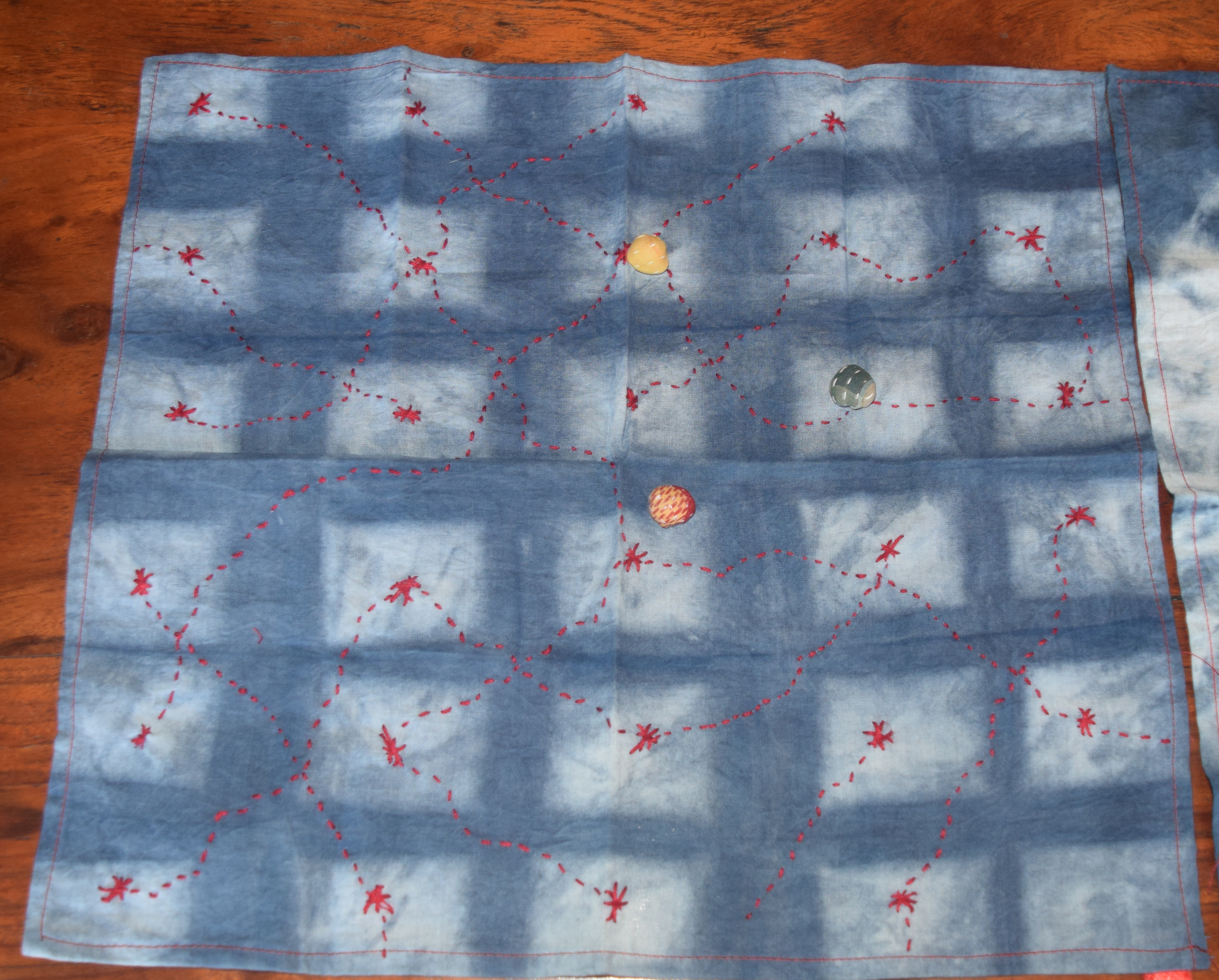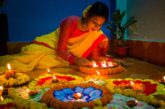
Art is a universal language and knows no boundaries. An artist who has visited several countries to satisfy her pursuit of art, only to leave her parched and in a way to still explore more. We met Helen, who hails originally from Scotland and is an artist, educator, innovator of interesting teaching techniques and most importantly a person who cares for children & artisans. We got a chance to meet Helen at one of the Jaipur’s buzzing café at the heart of the city.
Just see below what experience Helen has to share with you.
1. Welcome to Jaipuraffairs.com Helen. Thanks for your time. My first question is what motivated a lady from Scotland to come to India?
Before I answer that; let me tell you that apart from being an artist, I am an art educator too. So getting to know different forms of arts which not only satisfies my art taste buds, but also helps me to find techniques for my education purpose is always on my platter. That makes me an eager learner.
I was teaching art in Tokyo, Japan. While working there I came across startling similarities between Japanese art of cloth dying called Shibori and Indian techniques of dying called Bandhani. Shibori is a Japanese dyeing technique that typically involves folding, twisting or bunching cloth and binding it, then dyeing it in indigo. An alike technique in India is Bandhani. The word Bandhani is derived from a Sanskrit word ‘Banda’ which means ‘to tie’.
Also, there is one more form of art in Japan called Ukiyo-e which is similar to Indian art used in traditional wears like Sarees called Block printing.
So that aroused my interest in learning these form of art in detail and that is the reason this lady from Scotland is here in India. (Smiles)
Also, the wrap I am wearing right now is one of my art piece I have created recently. My wrap story begins with the connection of two cultural inspirations. Perhaps “stole” is a more fitting name for my wraps in some way, as one could say inspirations steal tiny elements of something that you then transform and make into your own.
Currently, I am doing my masters from Indian Institute of Craft & Design, Jaipur. Apart from dying & printing art, I am also investing my time to explore another form of art called Kagzi which is more related to handmade paper art. Actually, I love the surface design and these art forms satisfy my art quest.
2. Can you please put some light on your journey so far?
I was in art education in the UK for 6 years. I have visited Bali, Vietnam, Japan, Singapore. I love travelling & teaching. In each of the countries, I have focused on learning local traditional forms of art. Being an educator I always look for the ways where art can be used as teaching techniques for the kids so that they start getting connected with art in a fun and entertaining way at an early stage of their lives. I have exhibited my work in Vietnam, Korea, Japan, Singapore & India, both solo and collaborated exhibitions. My hunger for learning art never die and the journey continues. Whichever county I have visited, I not only learned the art but also have been a participant of artisan’s lives. Here in India, I did a placement for JKSM. They have ILM School. These trade schools are to support children of artisans. Alongside the basic education and teaching traditions, I have developed a curriculum for them to benefit the children of artisans.
3. For our readers, please tell us how art can make our lives more beautiful?
Art sets perfect settings for letting you go deep inside. It connects on a different level. Best way to express self. Art observation in itself is a great way of self-realization. This provokes your emotions, whether you are happy or sad, art brings out your feelings, memories and sets you relived.
4. Since you are an art educator, how important is art education for a person in primitive years?
Learning art at an early age is very important and gives us the ability to express without saying a single word. Art is a universal language and it goes beyond languages, boundaries, class and creed.
I have developed different games for children to make learning art interesting. My primary focus is to develop techniques which move away children from mobile phones as a medium of entertainment. We should develop these traditional skills in them and keep them engaged, informed in a fun way. Currently, I am working on a cloth storybook for families of artisans that will tell the story behind the traditions so that artisans have a voice & acknowledgement of their work and their children are informed about the world of indigo, block-printing, natural dies in a fun way.
I used these arts and techniques to develop memory games, noughts and crosses or tic-tac-toe and snakes and ladders. The board game, today called snake & ladders, originated in ancient India, where it was known with the name Mokshapat or Moksha Patamu. Also, the Noughts and Crosses have been the first computer game ever to be played. I have been working to develop games to enhance fine motor skills in children.
5. How long you have been in India and what is your experience here?
I have been in India for 1.5 years now. Here the whole lifestyle is inclined toward art. Art is embedded in Indian culture in many forms. You can see traditional paintings on walls for storytelling, Rangoli, buildings built using traditional art and most importantly on textiles used in the daily wear. Art is an expression of thoughts, social status, marital status, economic status. Art is an integral part of the daily lives of Indians and it connects all aspects of their lives.




6. How do you plan to use your experience in educating children?
My primary goal includes helping artisans to connect with contemporary ways of expressing art and making their traditional form art sustainable in modern time. Simultaneously, I am developing new fun games using these art forms. I am hoping to develop a whole new collection of napkin games in a very near future.
7. What are your future plans?
I want to stay little more in India in order to develop the ideas and contribute to traditional craft and culture. I feel a strong connect with artisans and feel to contribute towards the upliftment of their lives. I want to bring them on boards with the changes that are happening in the craft sector around the world. The traditions which have been going for 100 years should not be lost and we need to work upon to amalgamate these with contemporary times.




